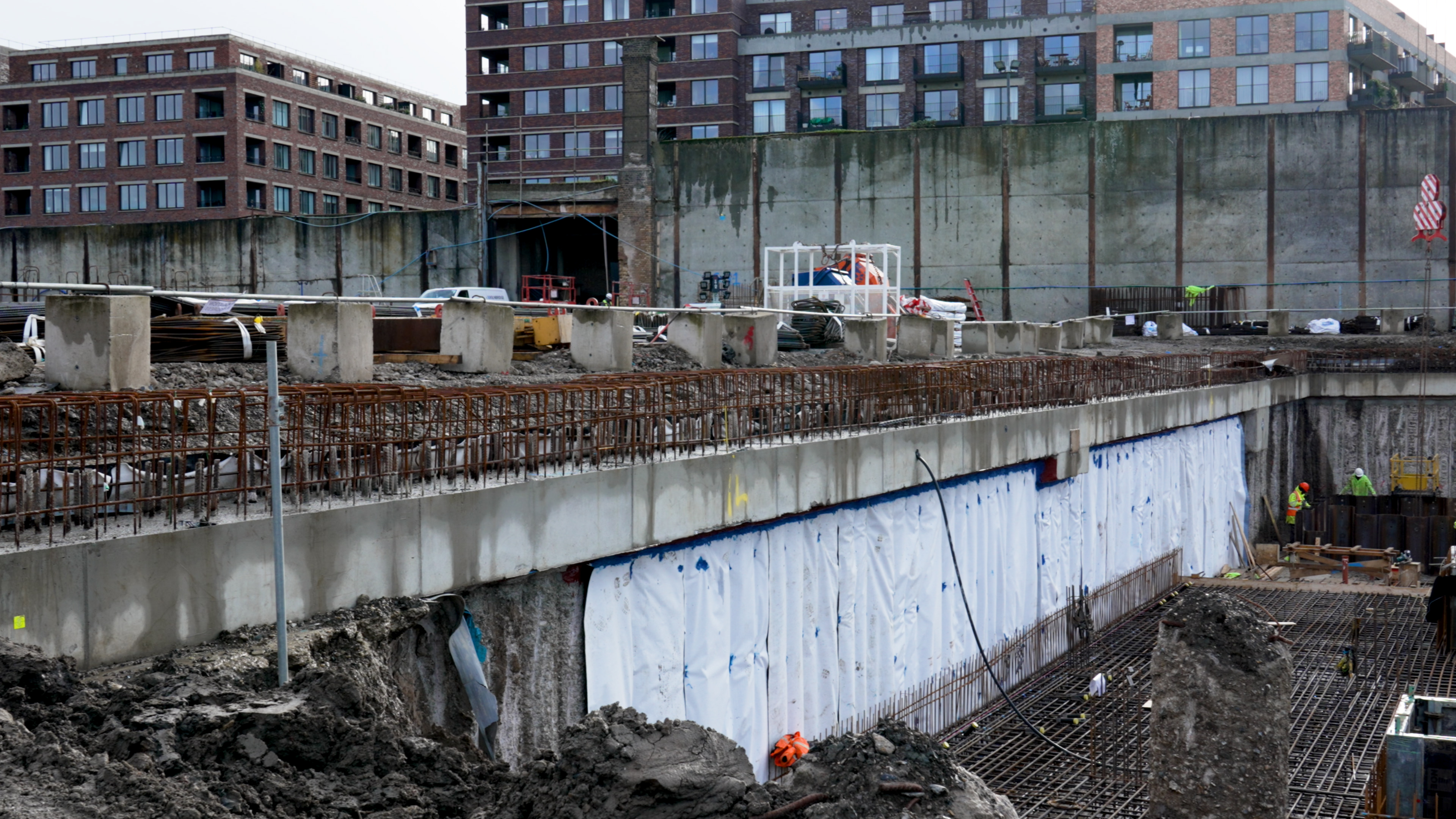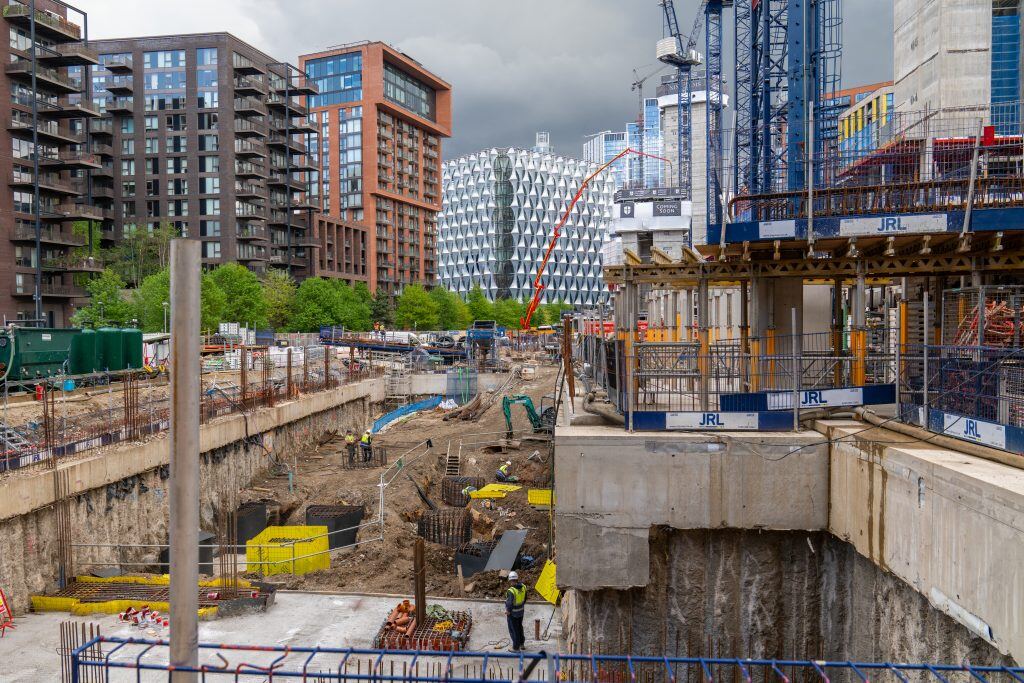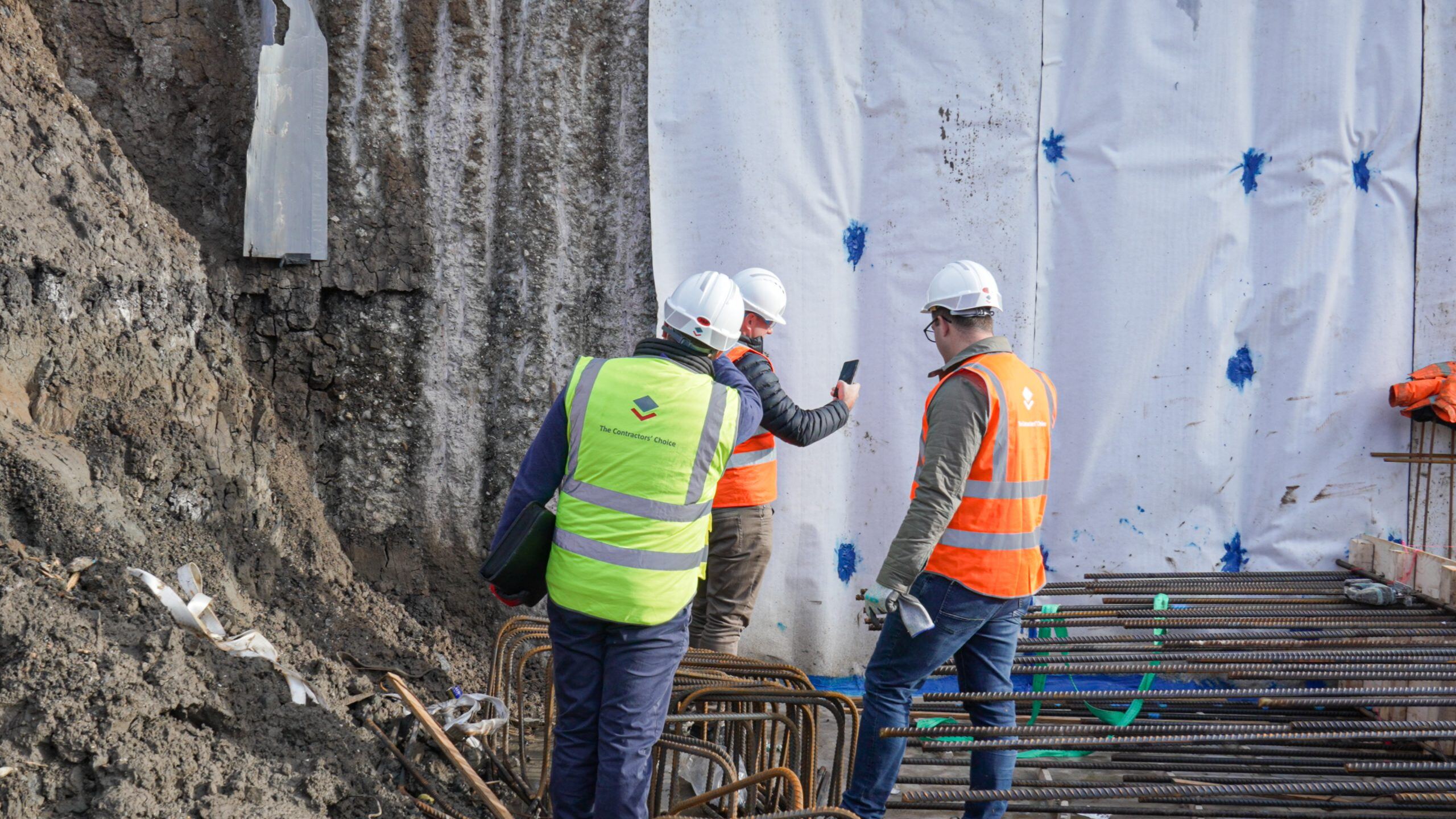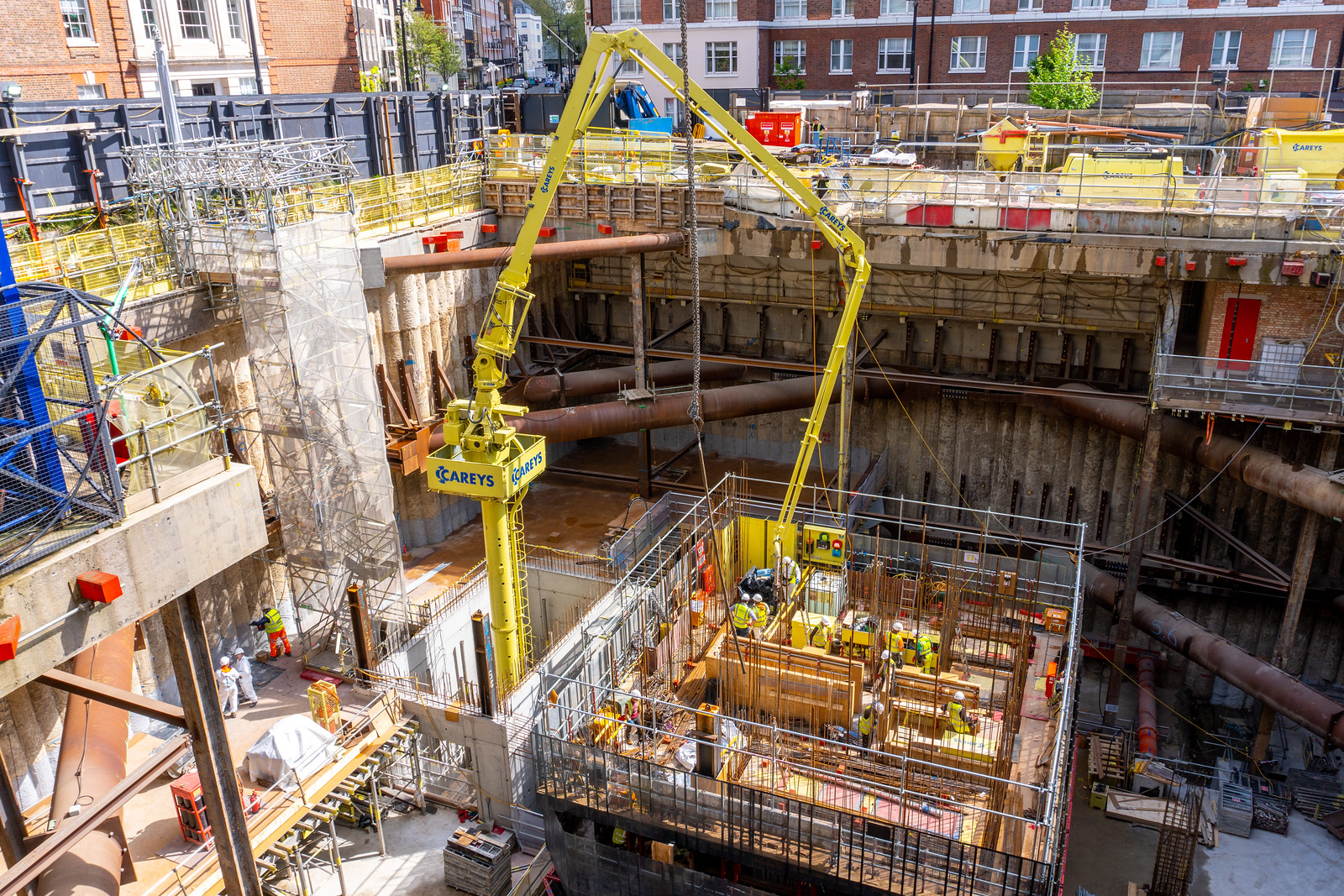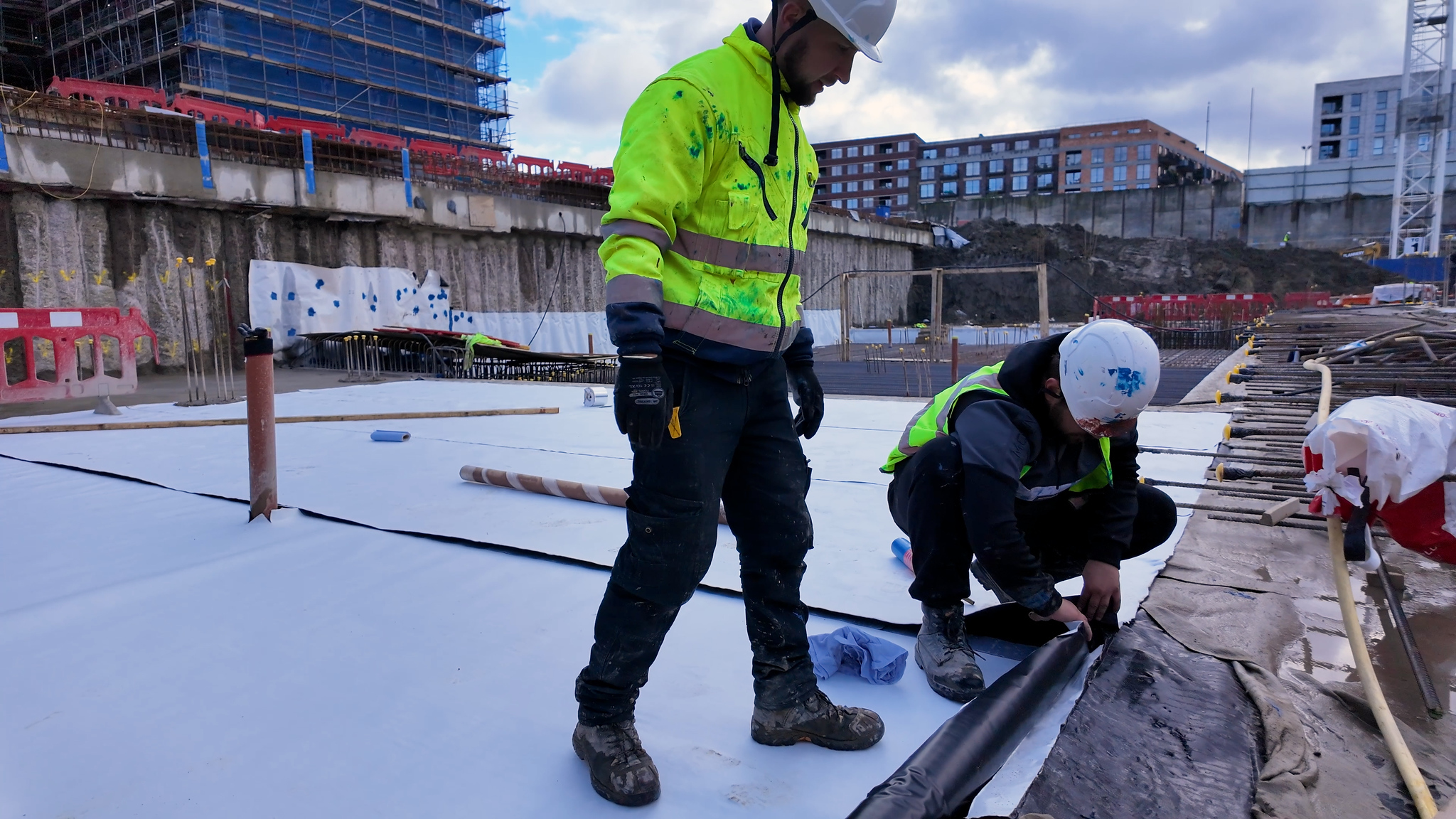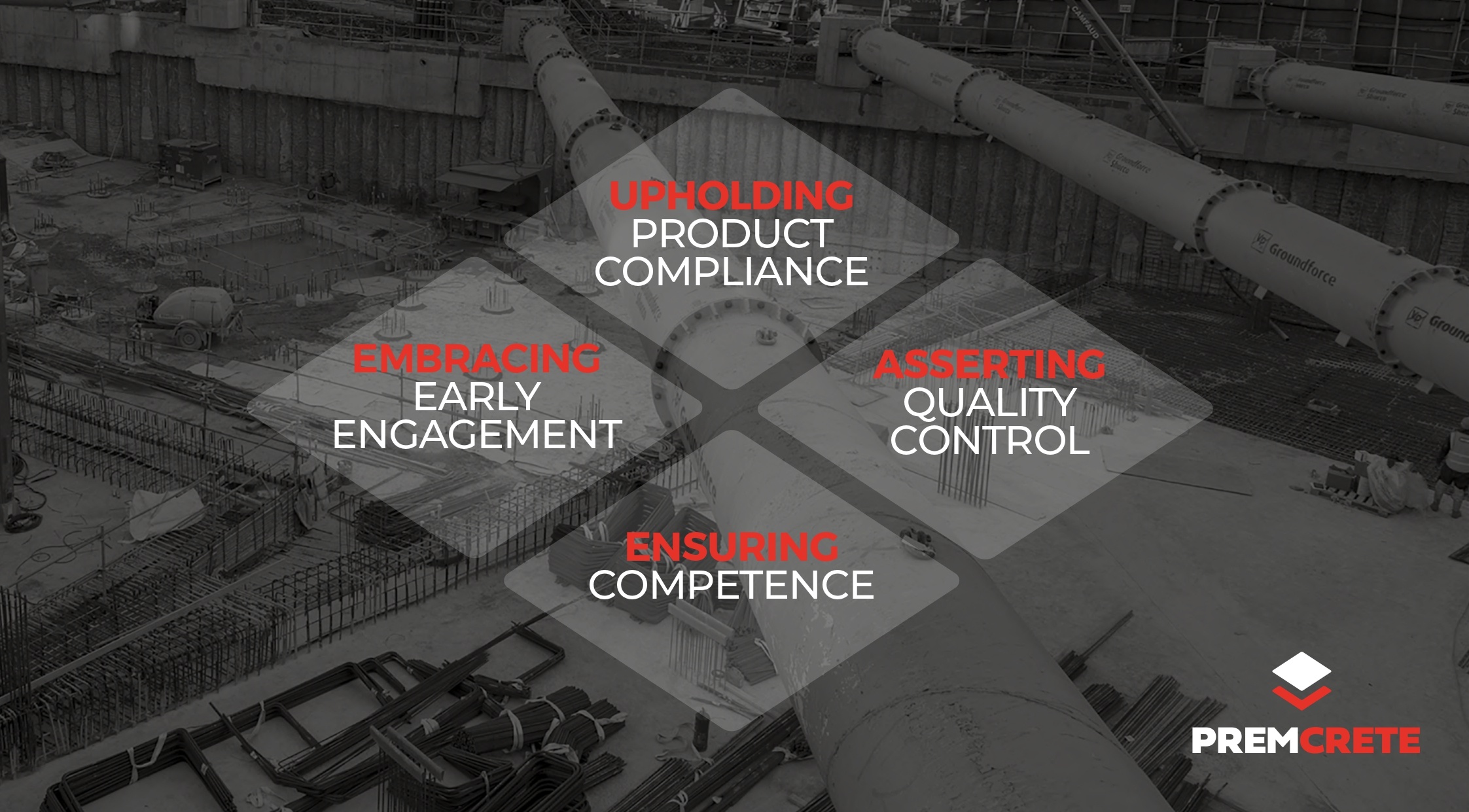The Hidden Risk Below Ground
Substructure protection carries some of the highest risks on any construction project. Water ingress, ground heave, and gas permeation through the structure are all significant challenges— and once the structure is buried, failures become costly, disruptive and in some cases, dangerous.
Yet despite the risk, many manufacturers shy away from taking on design liability. Instead, they defer responsibility to others, offering generic details and disclaimers rather than standing over their designs. Likewise, many are hesitant to sign collateral warranties, which are essential for developers and clients who need legal recourse in the event of failure.
At the heart of the matter for any developer or funder is this: Who is taking design responsibility — and can they provide a collateral warranty? This blog explores why both design liability and collateral warranties are critical to truly de-risk substructure protection.
What is Design Liability and Why Does It Matter?
Design liability means taking full responsibility for the performance and accuracy of the design. It's the difference between a typical, generic drawing and a tailored, project-specific solution.
When a company assumes design responsibility, it also holds professional indemnity (PI) insurance to cover potential claims. For waterproofing, the industry standard is usually £5 million. Premcrete, however, carries £10 million in PI insurance — double the norm — reflecting the strength and confidence in our in-house design team.
This kind of commitment is rare in the market but crucial for accountability and peace of mind.

Collateral Warranties: Protection for Everyone Involved
In construction, a collateral warranty is a separate contract that gives a third party (such as a lender, housing association, or buyer) the right to pursue legal action against a contractor or consultant — even if there's no direct contractual link between them.
Purpose: Collateral warranties create a direct contractual relationship where none would normally exist, allowing third parties to enforce the terms of the underlying contract.
Parties Involved:
- Warrantor: The contractor or consultant providing the warranty.
- Beneficiary: The third party (e.g., developer, funder, housing association) who benefits.
How It Works: The collateral warranty guarantees that the warrantor has carried out their duties competently under the primary contract. If there's a failure, the beneficiary can sue directly.
-
Why They’re Important:
- Protection for Third Parties: Particularly vital for lenders, tenants, and developers.
- Legal Recourse: Ensures there’s a clear route to claim if defects arise.
- Direct Accountability: A separate agreement creates clarity and protection beyond the main contract.
Despite these benefits, many manufacturers won’t sign them — yet they’re one of the key tools that developers and investors rely on to de-risk their projects.
Real-World Risks in Substructure Work
From water ingress and radon gas to ground movement and site-specific conditions, substructure work is filled with uncertainty. Add in the risk of workmanship errors, clashes with other design elements, and the misuse of systems, and the potential for costly failure is clear.
That's why early engagement is critical — and why relying on typical details alone isn’t enough. It takes competent, accountable design and robust legal protections to truly de-risk a project.
The Premcrete Difference
At Premcrete, we approach substructure protection differently. We:
- Take on full design liability
- Provide project-specific design tailored to site constraints
- Carry £10 million PI cover
- Welcome collateral warranties from multiple parties
- Employ CSSW-qualified designers
- Use our Premtrac portal to manage quality control, training, and competency
- Support clients from Gateway 2 submissions through to handover
We’re not just supplying a system — we’re standing over its performance legally, technically, and practically.

Case Study: Tillie and Henderson, Londonderry, Northern Ireland
In this complex regeneration project, Premcrete were the only manufacturer willing to:
- Take on full design liability
- Provide three separate collateral warranties — to the main contractor, the housing association, and the project funder
The project presented challenging conditions: multiple retaining walls, a high water table, and a radon gas risk. Premcrete produced a detailed, project-specific design tailored to the site’s contours — not a generic spec.
The willingness to engage legally and technically gave all stakeholders the confidence they needed to proceed.

Conclusion: Designing Confidence Into Every Layer
At Premcrete, we assume full design liability because we believe in the strength of our people, our processes, and our designs. Our CSSW-qualified team produces tailored solutions, supported by a robust quality assurance system and comprehensive professional indemnity cover.
In a high-risk area like substructure protection, it’s not enough to provide a product. Developers and funders need accountability. That means design responsibility — and the legal backing to go with it.
If you want to de-risk your next project below ground, ask the only question that matters: Who’s taking design responsibility — and can they stand over it?
Contact: sales@premcrete.com to find out how we can support you on your project.

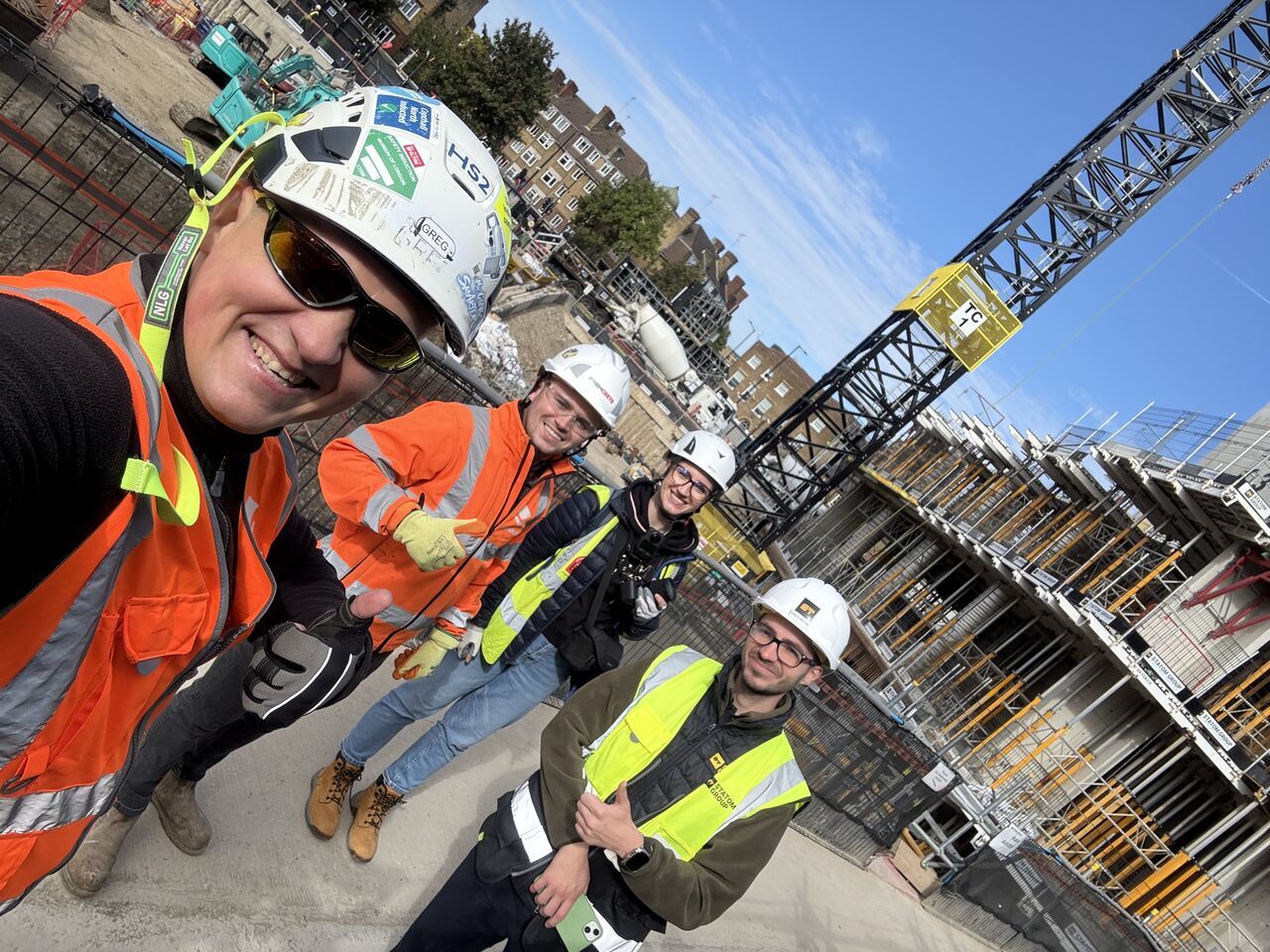
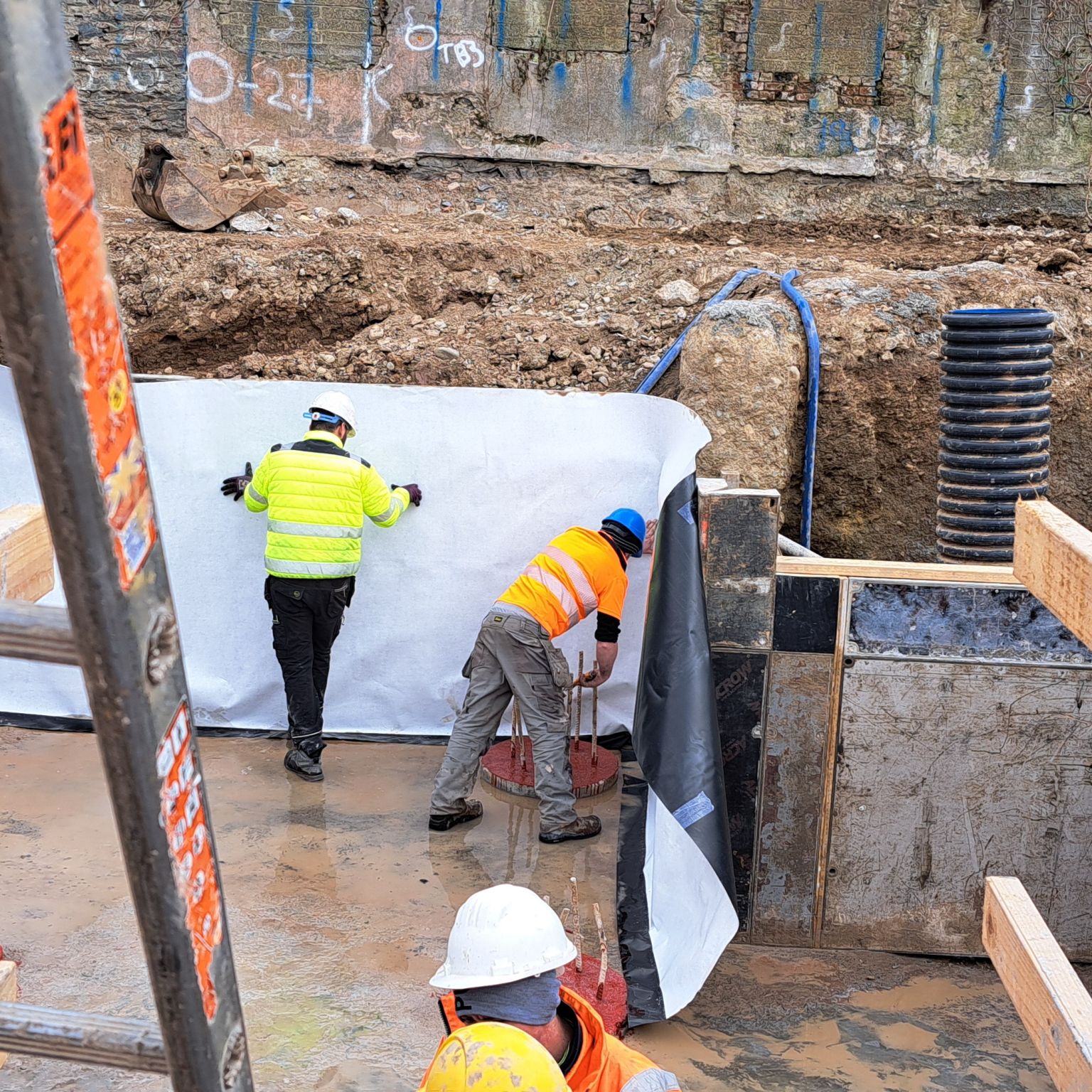
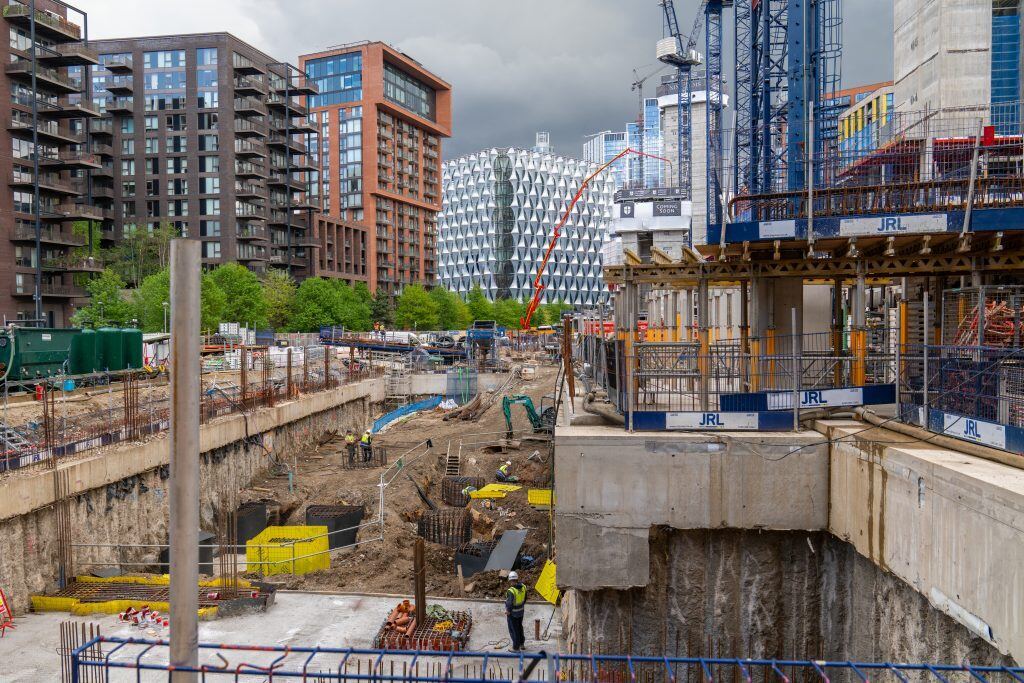
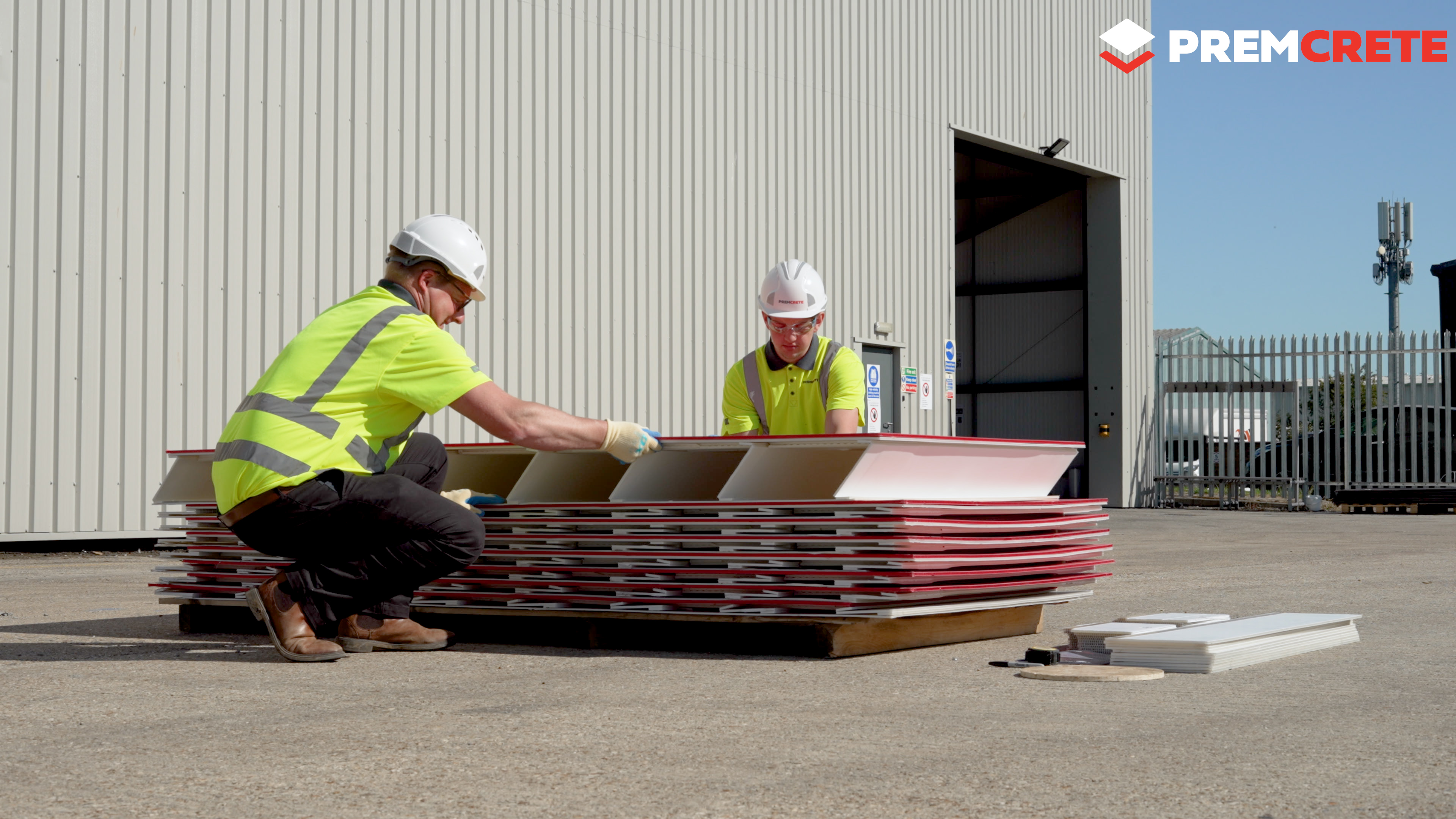
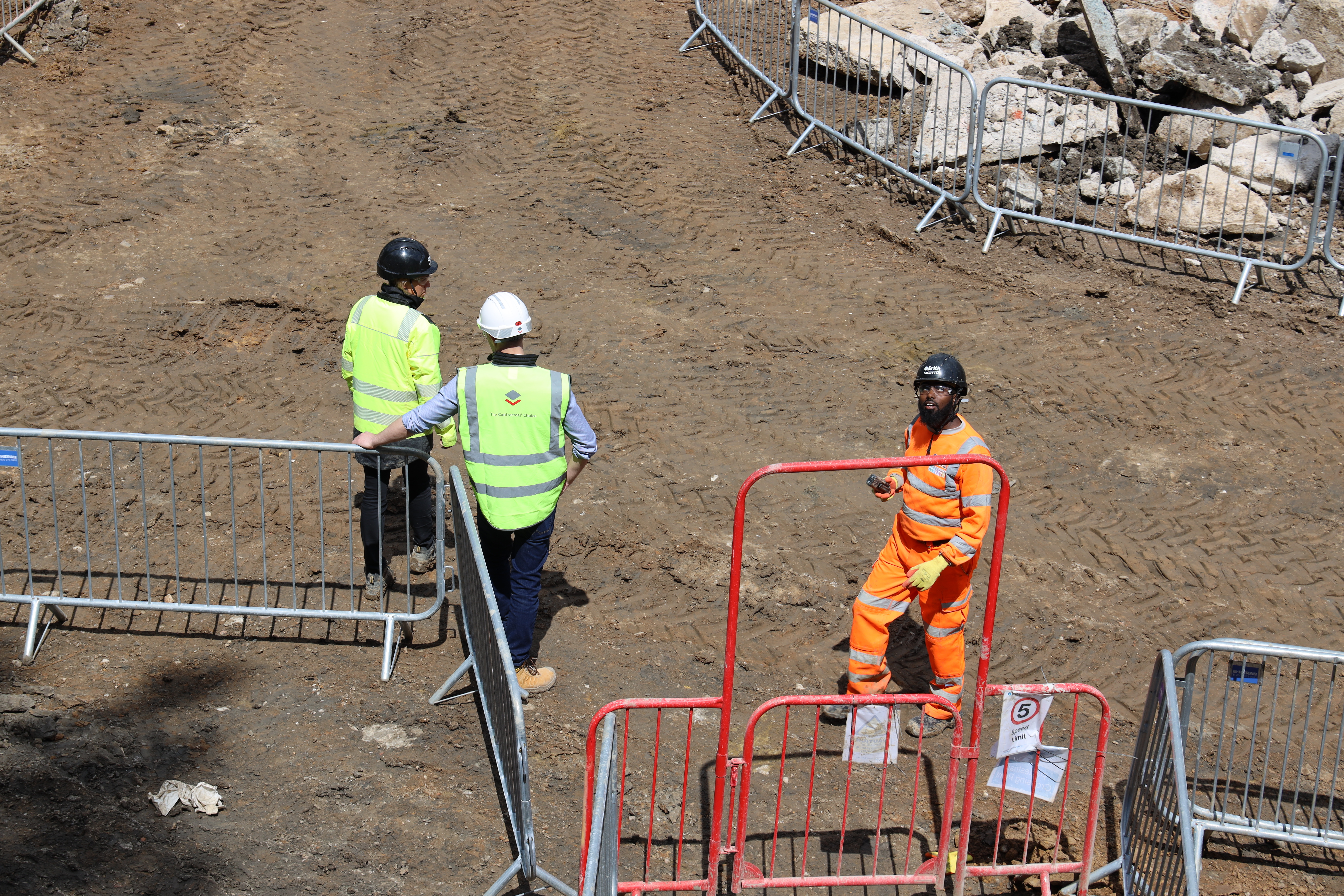

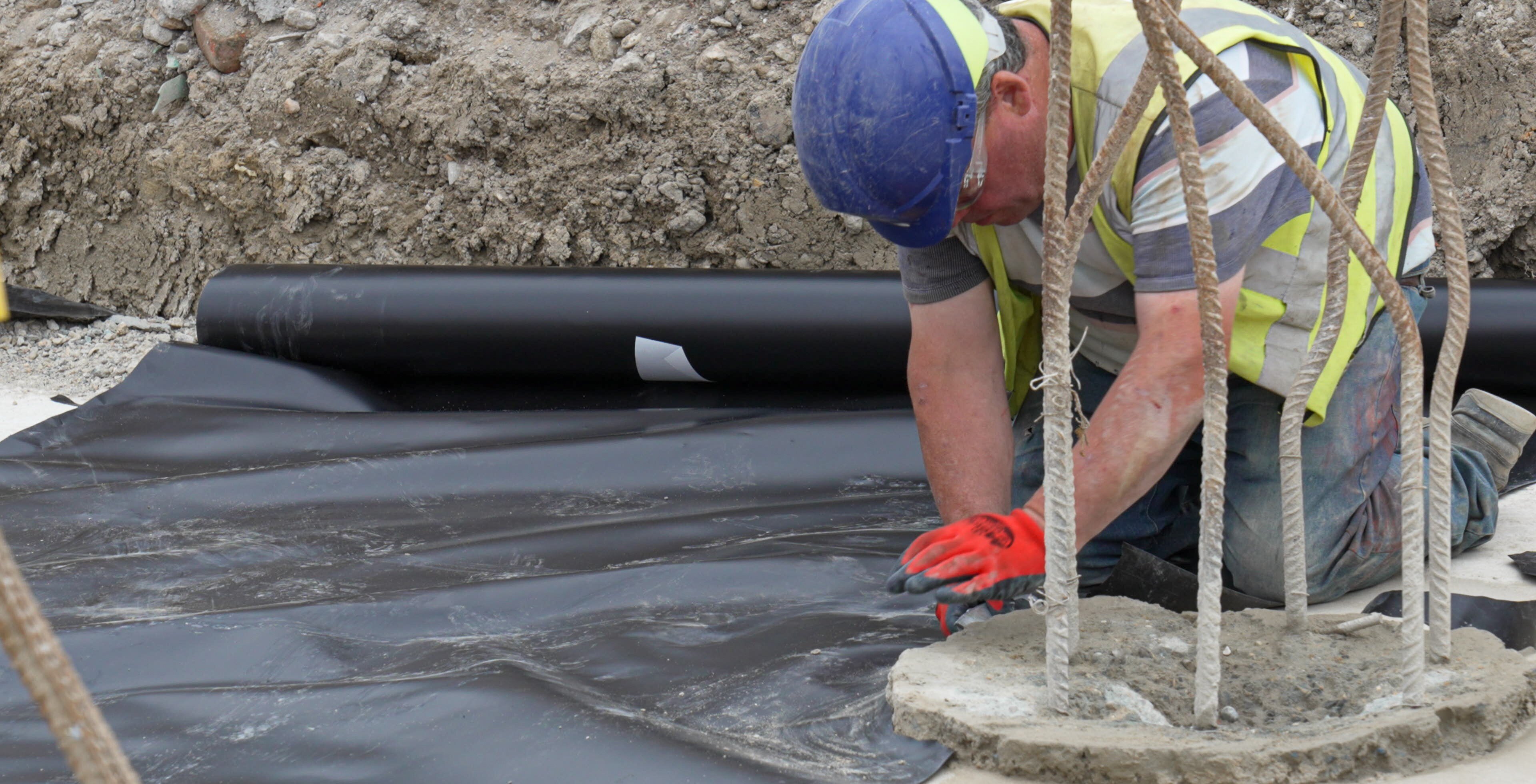
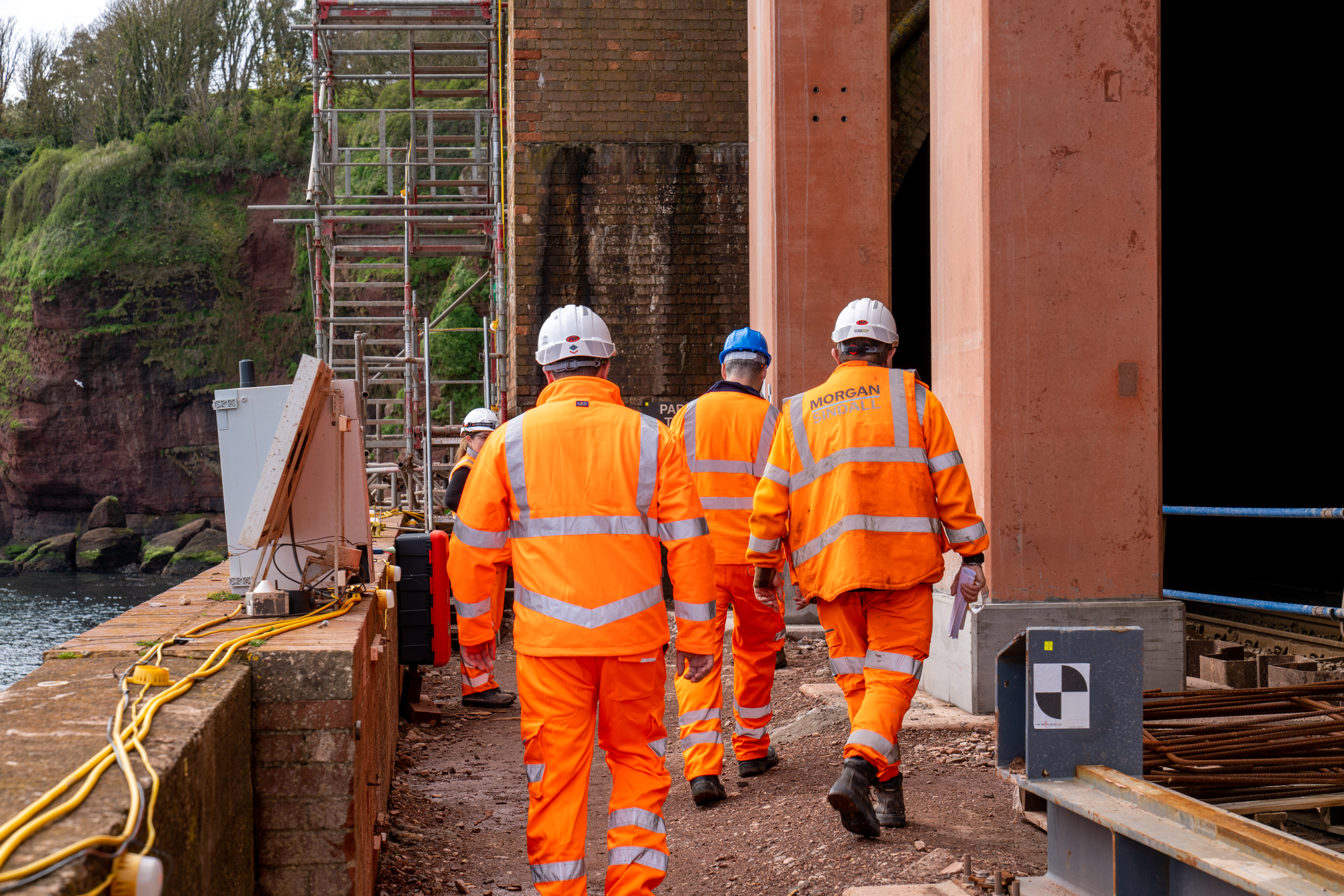
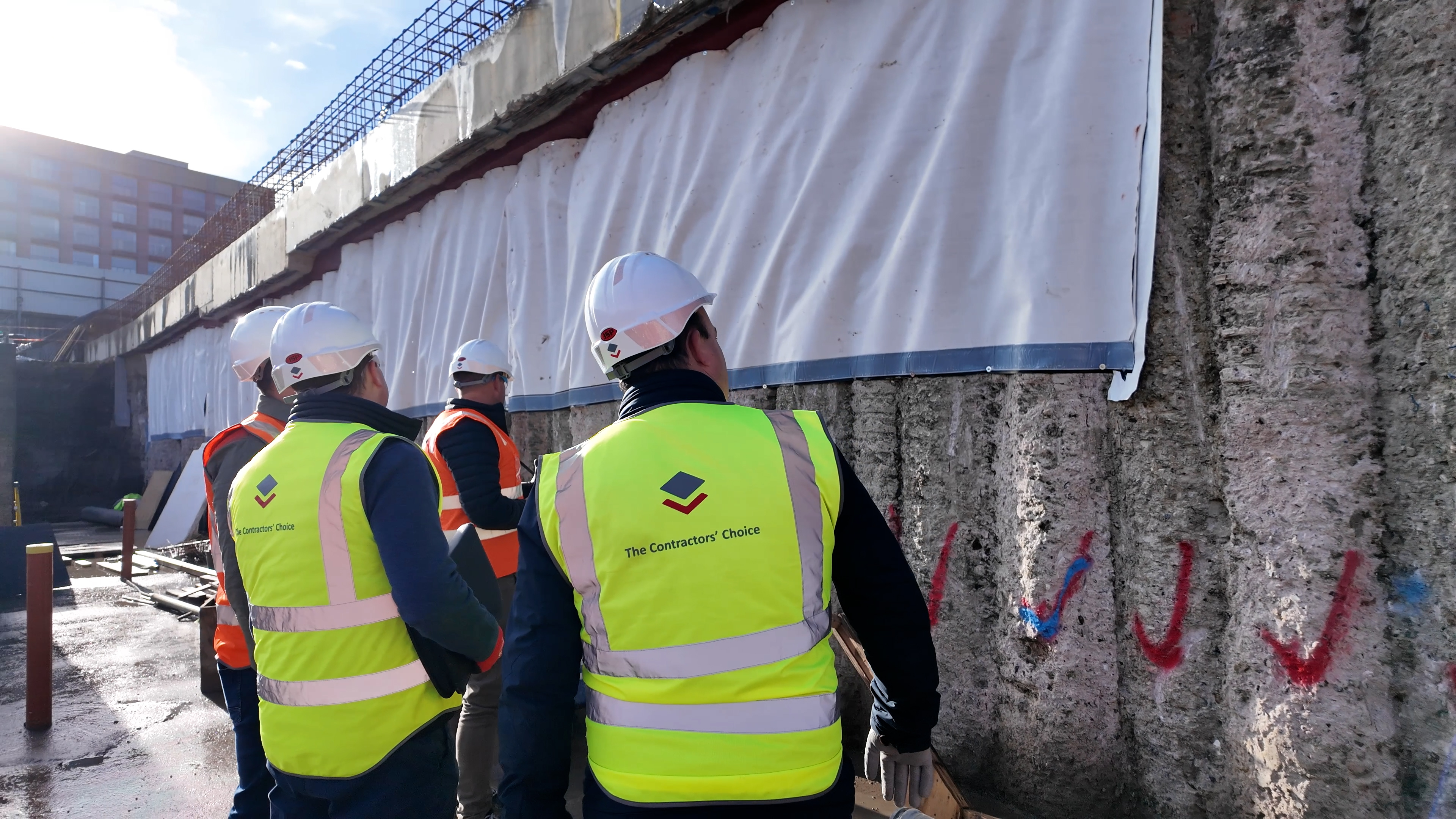


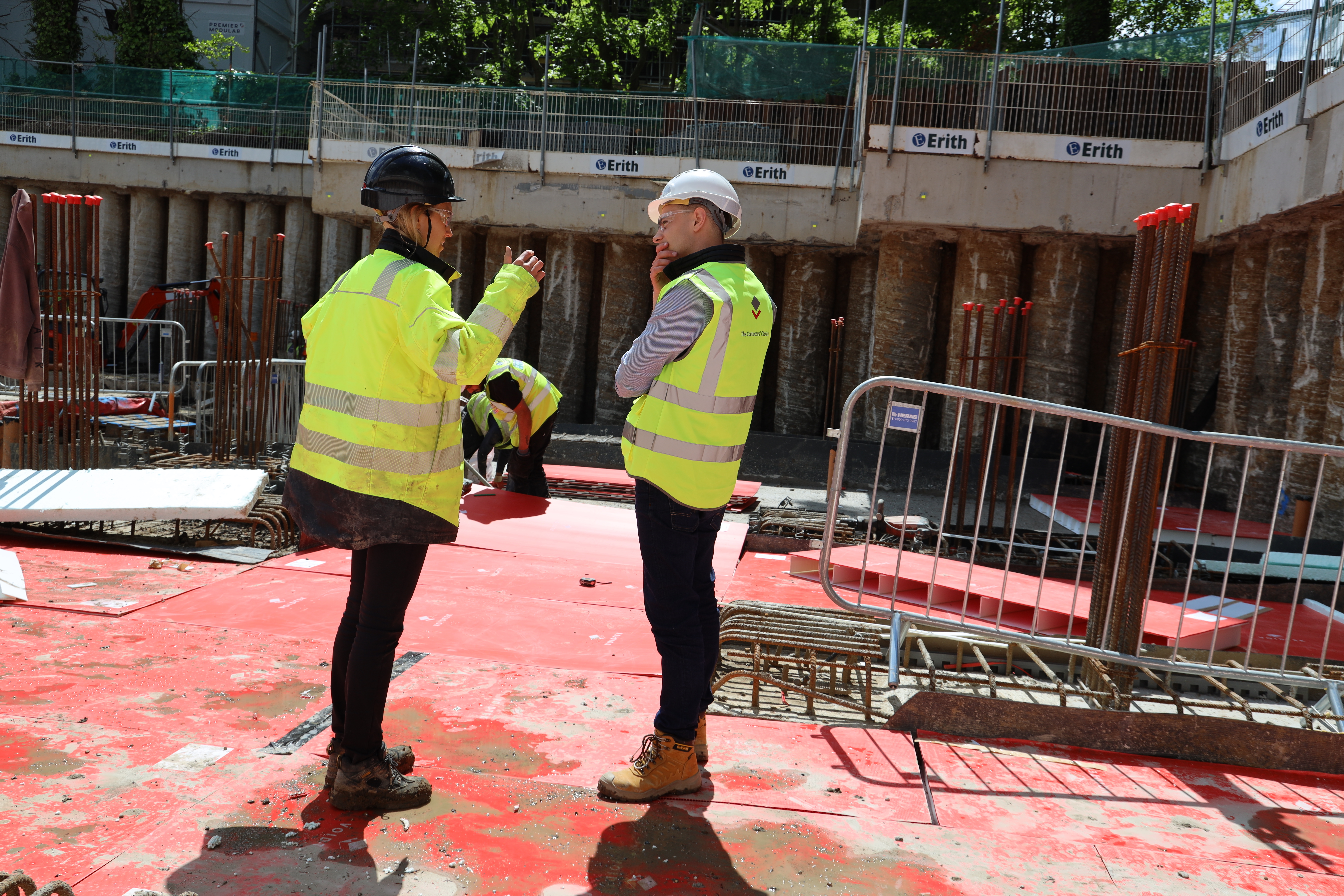
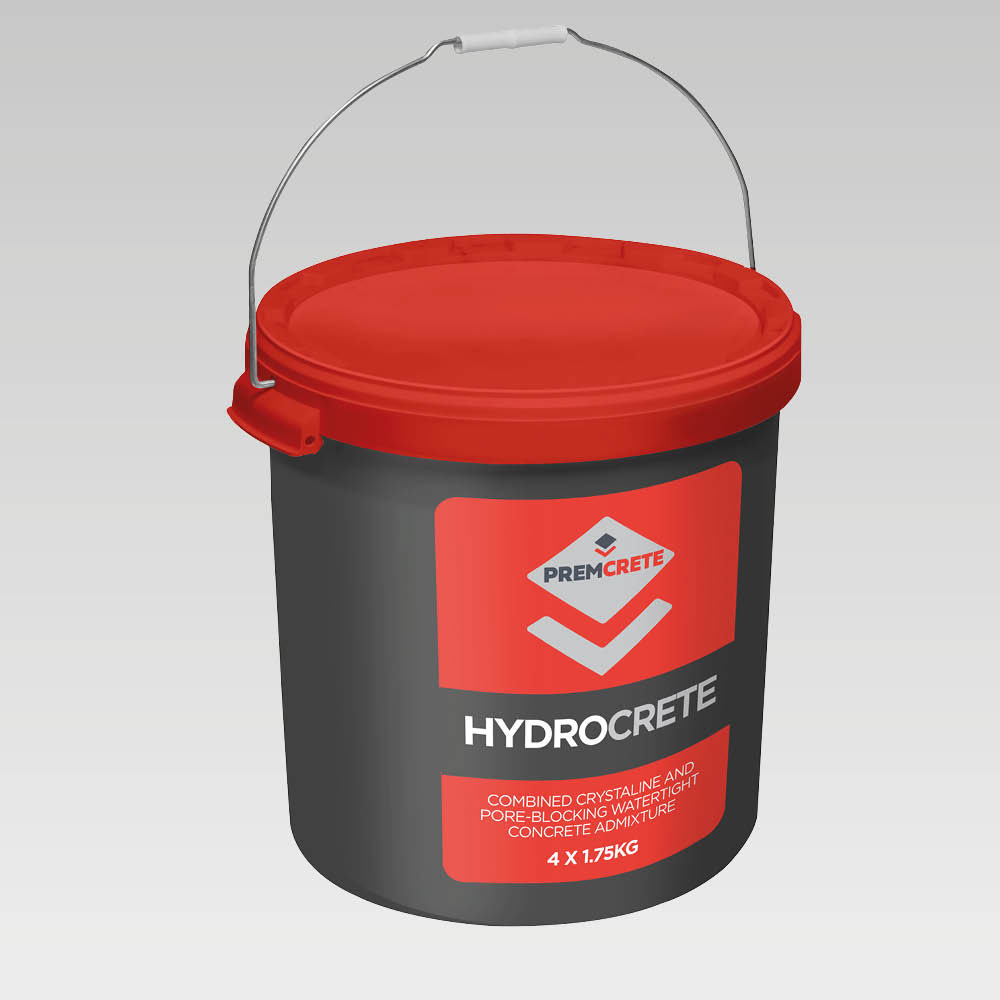
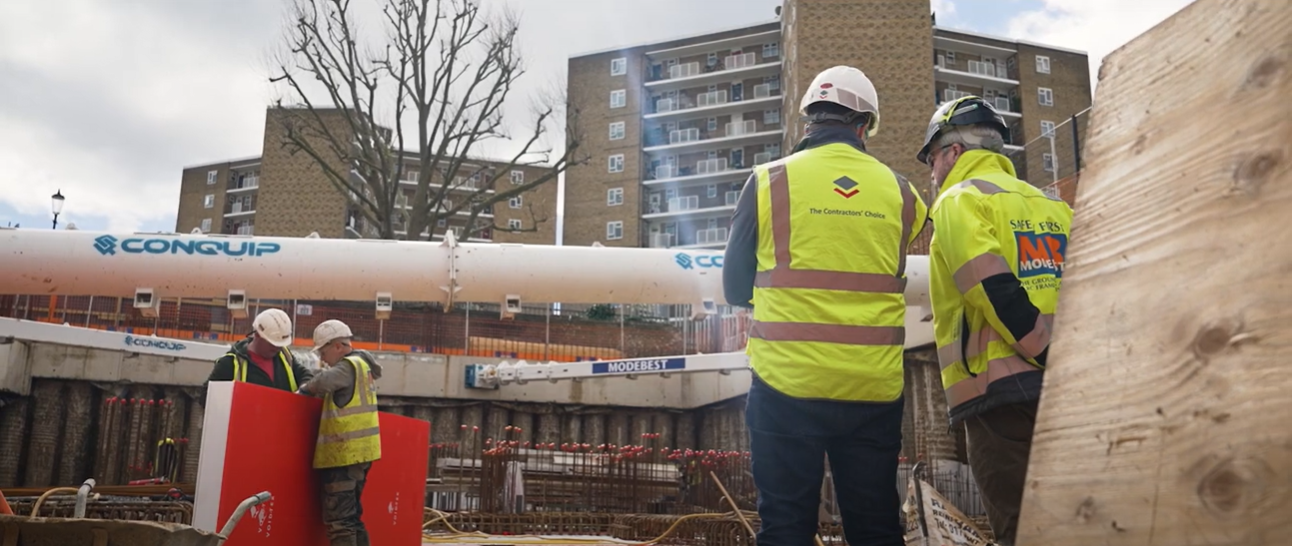

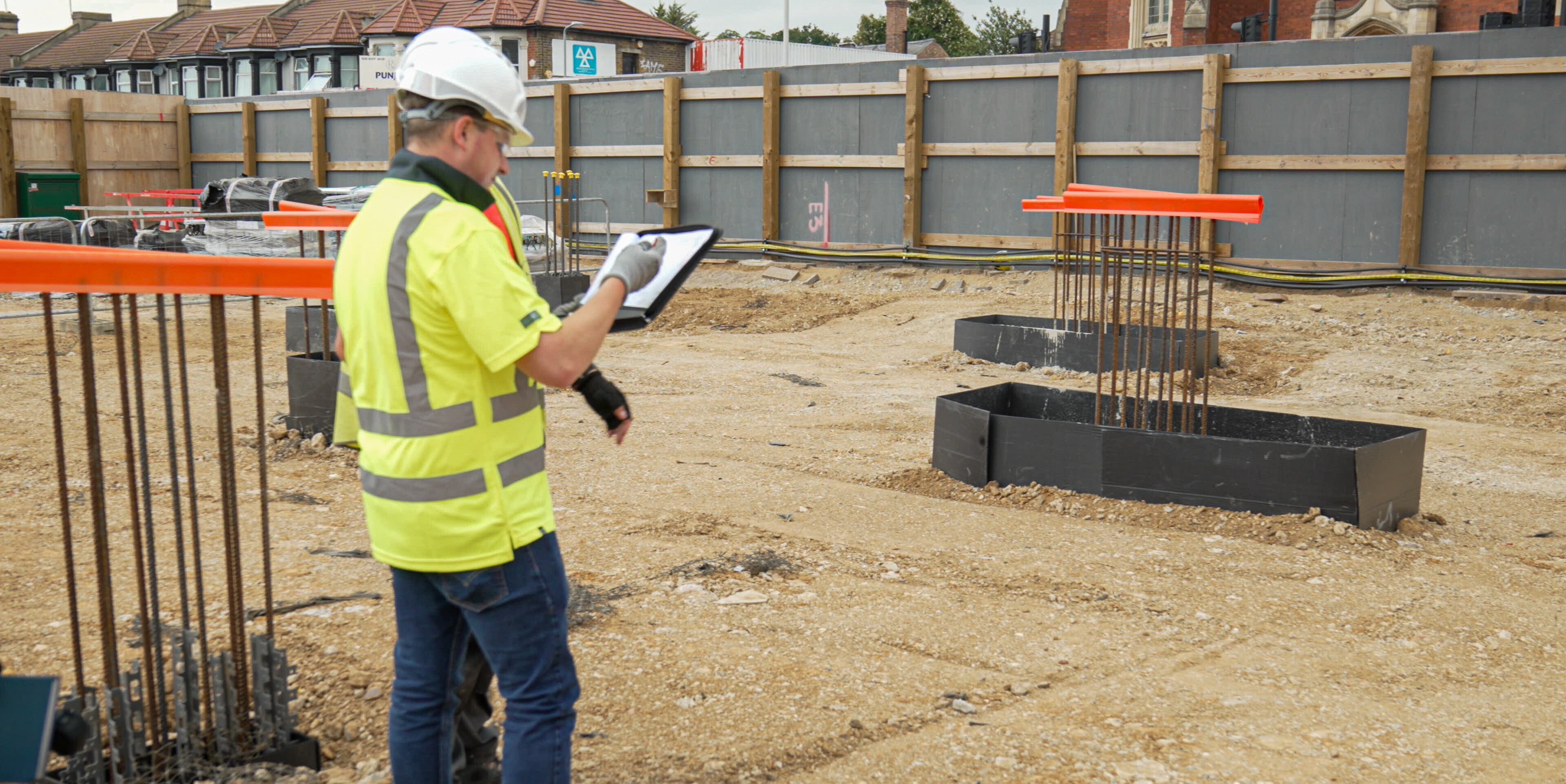
-1.jpg)
